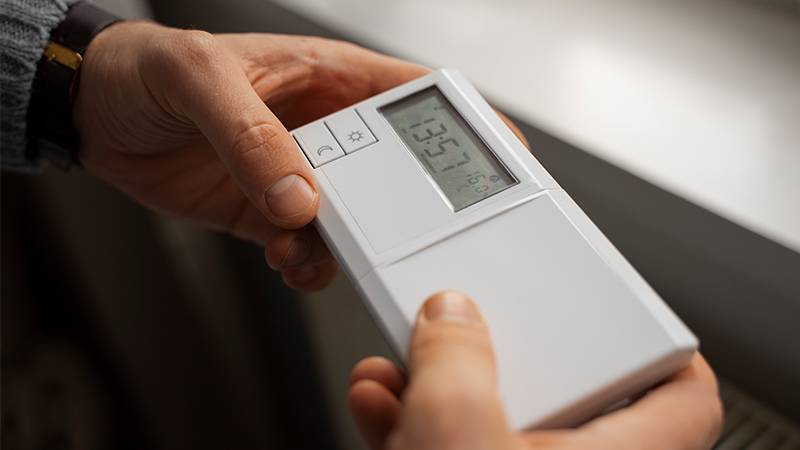Welcome to the world of DIY home energy audits. This simple yet powerful assessment can unlock significant savings on your energy bills, boost your home’s efficiency, and lower your home’s carbon footprint.
Conducting an energy audit yourself is not only economical but also gives you firsthand insight into your home’s energy consumption. It empowers you to make targeted improvements that matter most.
Our goal here is straightforward: to equip you with a comprehensive, factual, and easy-to-understand guide on conducting your own home energy audit. Let’s dive in and start making your home more energy-efficient today.
Before You Begin: Understanding Your Current Energy Usage
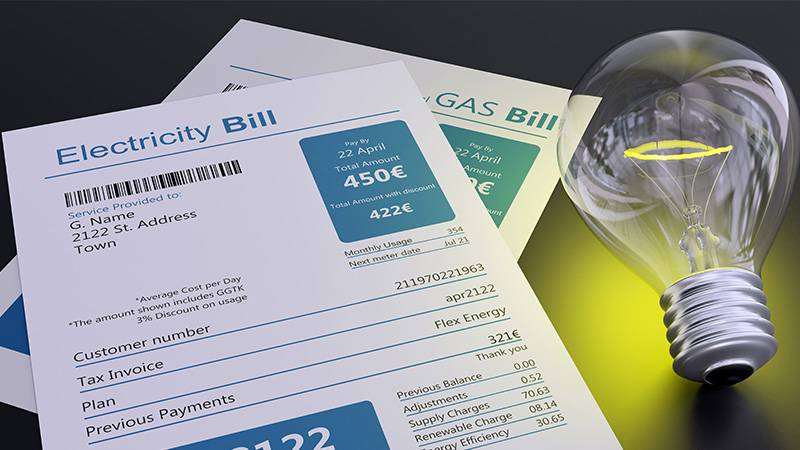
Before diving into the nitty-gritty of a DIY home energy audit, it’s crucial to have a clear picture of your current energy usage. Reviewing your recent energy bills is the first step. This simple act can reveal a lot about your home’s energy consumption patterns and highlight areas that may require immediate attention.
Start by gathering your energy bills from the past year. Look for seasonal trends; you might notice higher usage during summer or winter, which indicates heating and cooling systems are your main energy consumers. This initial analysis will guide you in focusing your audit efforts where they are needed most.
Next, consider using an online energy usage tracker. Many utility companies offer these tools, allowing you to input your consumption data and see detailed analyses of your energy use. This insight is invaluable, providing a baseline against which you can measure the effectiveness of your energy-saving strategies post-audit.
Understanding your current energy usage sets the stage for a successful home energy audit. It equips you with the knowledge to identify energy inefficiencies and make informed decisions on improving your home’s energy efficiency.
The DIY Home Energy Audit Checklist
Embarking on a DIY home energy audit? A checklist is your best ally. This tool helps you conduct a thorough and effective audit, ensuring you don’t overlook key areas that could be bleeding energy.
Our checklist will guide you through inspecting insulation, sealing air leaks, assessing heating and cooling systems, evaluating lighting, and examining water heating efficiency. By methodically working through this checklist, you’ll identify where your home is using—and wasting—the most energy.
Ready to transform your energy usage and save money? Let’s dive into the specifics of what to inspect, adjust, and update in your home.
1. Inspecting Insulation
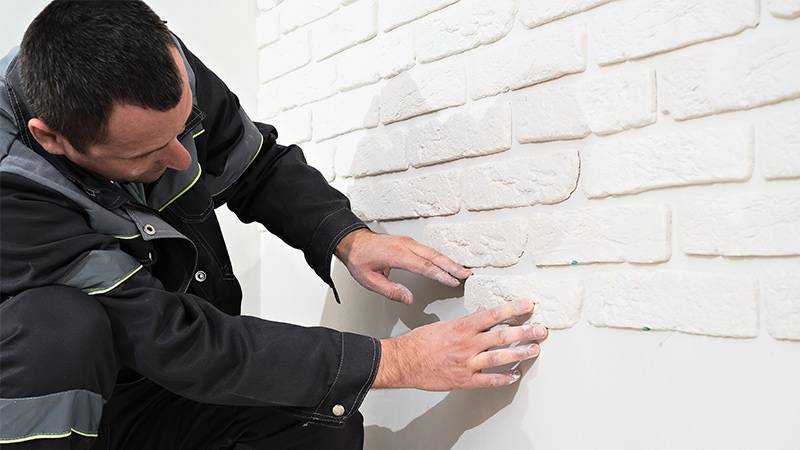
Insulation is your home’s silent protector, keeping you warm in the winter and cool in the summer. But if it’s inadequate or missing, you’re likely overusing your heating and cooling systems, leading to higher energy bills. Let’s focus on how to check insulation in key areas: walls, attics, and basements.
Walls
Feeling cold drafts or noticing fluctuating temperatures? These are signs your walls may be under-insulated. Use an infrared thermometer to detect temperature differences in your walls. Significant variation suggests poor insulation.
Attics
Heat rises, and without proper attic insulation, it escapes. Check the thickness and condition of your attic insulation. If it’s below the recommended level for your area (usually 10 to 14 inches for fiberglass or cellulose), it’s time for an upgrade. Also, look for any dampness or damage, as these can reduce insulation effectiveness.
Basements
Basements can be a major source of heat loss, especially if they’re unfinished. Inspect the insulation along your basement walls and ceiling. Ensure it’s intact and free from moisture damage. Adding insulation here can significantly reduce energy leakage.
2. Sealing Air Leaks
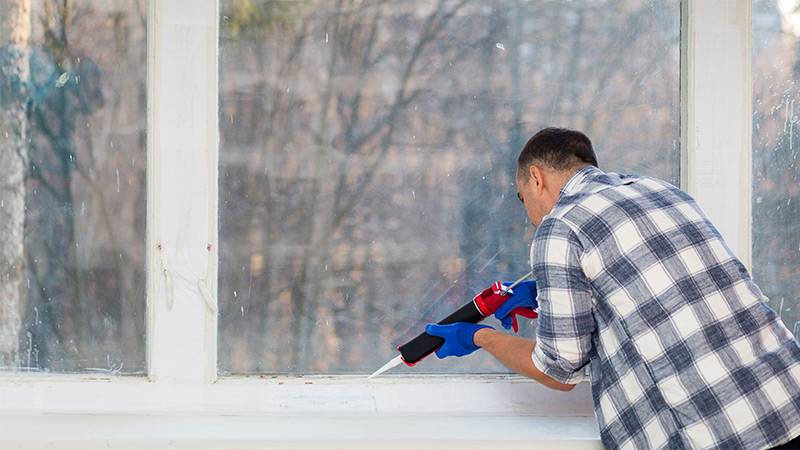
Air leaks might seem minor, but they can have a major impact on your home’s heating and cooling efficiency. Drafty windows, doors, and even electrical outlets can let in cold air during the winter and let out cool air in the summer, forcing your HVAC system to work harder and use more energy. Let’s tackle how to identify and seal these leaks to improve your home’s energy efficiency.
Windows and Doors
On a windy day, hold a lit incense stick or a thin piece of toilet paper near the edges of your windows and doors. If the smoke wavers or the paper flutters, you’ve found a leak. Apply weatherstripping or caulking to these areas to seal them off. For larger gaps, consider using expandable foam sealant.
Electrical Outlets
Surprisingly, electrical outlets on exterior walls can be sources of air leaks. To check, feel for drafts with your hand. If air is coming through, remove the cover plate and use foam gasket covers to seal the space behind the outlet or switch plate.
3. Heating and Cooling Systems
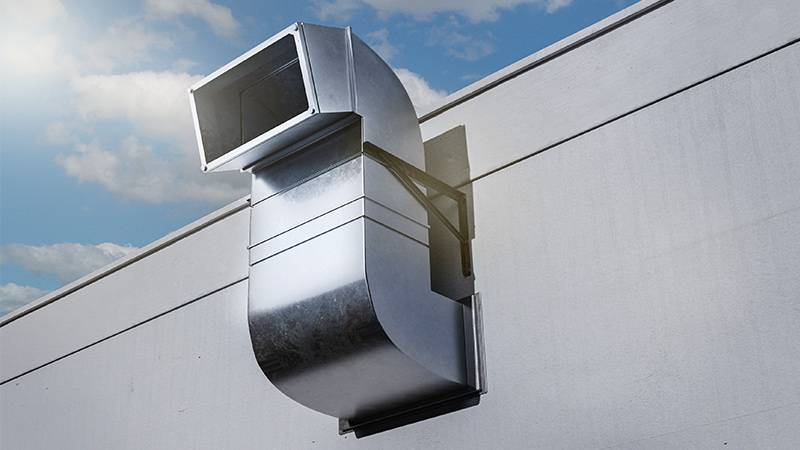
Your HVAC system is the heart of your home’s comfort, but if it’s not running efficiently, it can be a significant drain on your energy. Proper inspection and maintenance are key to ensuring optimal performance and energy efficiency.
Inspecting Your HVAC System
Start by visually inspecting your heating and cooling units. Check for any obvious signs of wear and tear, such as rust, leaks, or unusual noises during operation. Ensure that the area around outdoor units is clear of debris, which can impede airflow and efficiency.
Regular Filter Changes
One of the simplest yet most effective steps you can take is regularly changing or cleaning the air filters. Dirty filters restrict airflow, forcing your system to work harder and use more energy. Aim to check filters monthly and replace or clean them (depending on the type) at least every three months.
System Servicing
Annual servicing by a professional is essential to keep your system running smoothly. A technician can perform tasks beyond the average homeowner’s expertise, such as checking coolant levels, testing for leaks, and ensuring the system is tuned to operate efficiently.
4. Lighting and Electrical Appliances
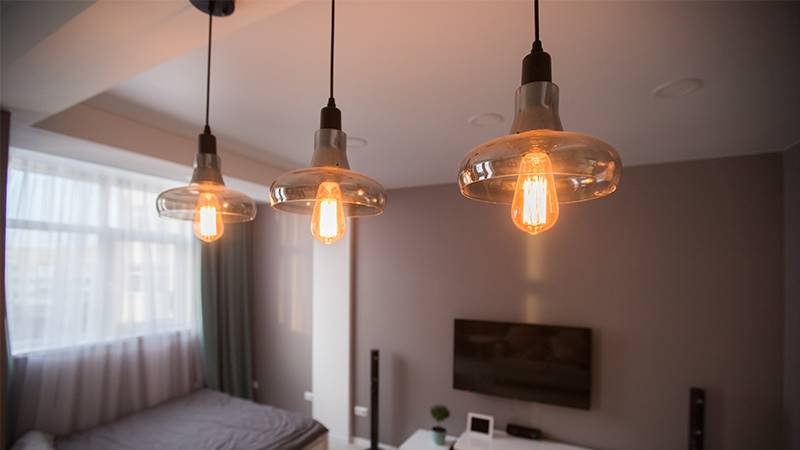
Lighting and appliances account for a significant portion of your home’s energy consumption. By assessing their efficiency and making some strategic upgrades, you can significantly reduce your energy usage and costs.
Assessing Lighting
Start by evaluating the lighting in your home. If you’re still using incandescent bulbs, switching to LED bulbs can make a substantial difference. LED bulbs use at least 75% less energy and last 25 times longer than traditional incandescent bulbs. They’re available in various colors and brightness levels, making it easy to find options that suit your home’s ambiance while saving energy.
Energy-Efficient Appliances
Next, take a look at your major appliances like refrigerators, dishwashers, washing machines, and dryers. Older models can be incredibly inefficient compared to today’s energy-efficient models. Check for the ENERGY STAR label when considering new appliances—it’s a clear indicator of energy efficiency. While the upfront cost might be higher, the savings on your energy bills can be substantial over time.
Also, don’t forget about smaller appliances and electronics. Unplugging chargers, computers, and other electronics when not in use can prevent unnecessary energy consumption. Utilizing power strips and smart plugs can also help manage these energy uses more efficiently.
5. Water Heating and Usage
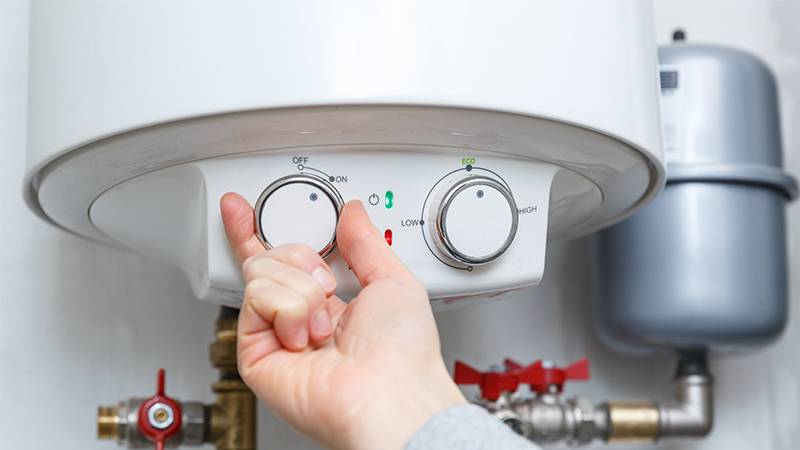
Water heating is another major contributor to your home’s energy consumption, often accounting for a significant portion of your energy bill. Evaluating your water heating system and adopting strategies to improve its efficiency can lead to noticeable energy and cost savings.
Evaluating Your System
Start by checking the age and condition of your water heater. Older models are typically less efficient than newer ones. If your water heater is more than a decade old, consider replacing it with a more energy-efficient model, such as a tankless water heater, which heats water on demand and avoids the energy costs of maintaining a hot water tank.
Temperature Settings
Lowering the thermostat on your water heater to 120°F can reduce your water heating costs without sacrificing comfort. Many households have their water heater set higher than necessary, resulting in wasted energy.
Reducing Hot Water Usage
Simple changes in daily habits can significantly reduce your hot water usage. Installing low-flow showerheads and faucet aerators can cut down on the amount of hot water you use without affecting water pressure. Additionally, fixing any leaks promptly, using cold water for laundry, and taking shorter showers are all effective strategies for conserving hot water and saving energy.
Analyzing and Acting on Your Findings
Once you’ve completed your DIY home energy audit, it’s time to analyze your findings and decide on your next steps. This stage is crucial for turning your insights into actionable improvements that will enhance your home’s energy efficiency and save you money.
Interpreting Your Results
Begin by reviewing all the areas you’ve inspected—insulation, air leaks, heating and cooling systems, lighting, appliances, and water heating. Identify which issues are most prevalent and consider their potential impact on your energy consumption. Use this analysis to rank the problems based on how much energy they’re likely wasting.
Setting Priorities
Not all repairs and upgrades will offer the same return on investment in terms of energy savings. Start with the changes that will make the biggest impact for the least cost. Sealing air leaks and upgrading to LED lighting are examples of low-cost improvements that can significantly reduce your energy usage. Next, consider more substantial investments, like upgrading insulation or replacing old appliances with ENERGY STAR models, which will pay off over time through lower utility bills.
Taking Action
With your priorities set, begin making the improvements. Start with the simpler tasks you can do yourself, such as sealing leaks and changing light bulbs. For more complex projects, such as installing new insulation or replacing an HVAC system, consider hiring professionals. Remember, the goal is to make your home more energy-efficient in a cost-effective manner.
Beyond the Audit: Implementing Long-term Energy-Saving Strategies
Conducting a home energy audit and making immediate repairs and upgrades is a fantastic start, but true energy efficiency is a long-term commitment. Adopting an energy-efficient lifestyle involves ongoing efforts to conserve energy in every aspect of your daily life.
Embracing Energy Conservation
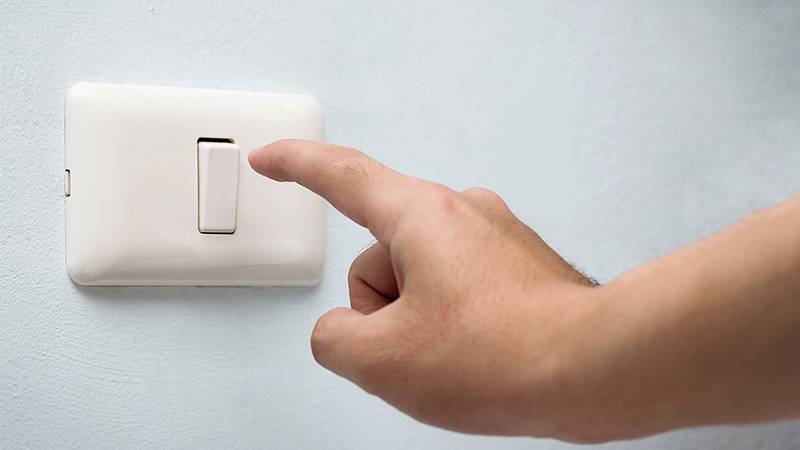
Small, everyday actions can add up to significant energy savings over time. Turn off lights when leaving a room, unplug appliances when not in use, and adopt energy-saving habits like using cold water for laundry and being mindful of thermostat settings according to the season.
Investing in Renewable Energy
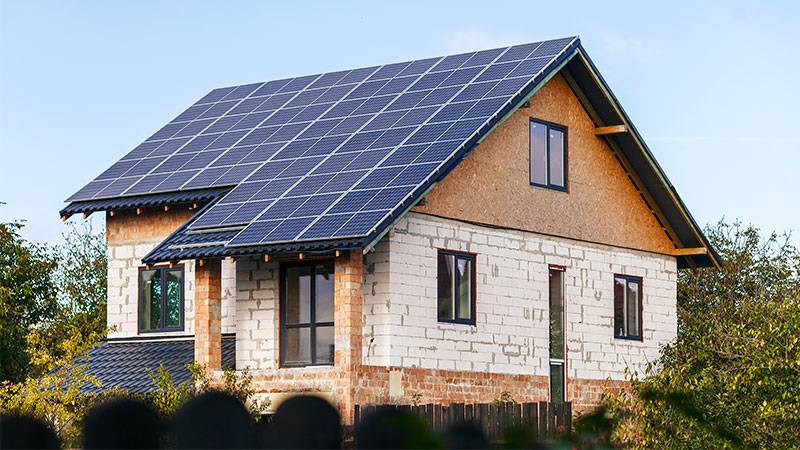
Consider integrating renewable energy sources into your home, such as solar panels. While the initial investment may be higher, the long-term savings and environmental benefits are substantial.
Staying Informed and Upgrading
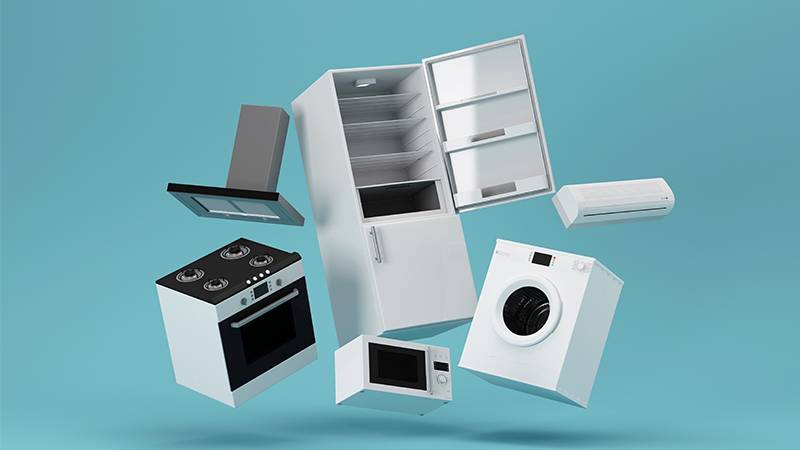
Keep abreast of new technologies and appliances that offer better energy efficiency. As your budget allows, gradually replace older models with more efficient ones, prioritizing those with ENERGY STAR ratings.
What is a Home Energy Audit?
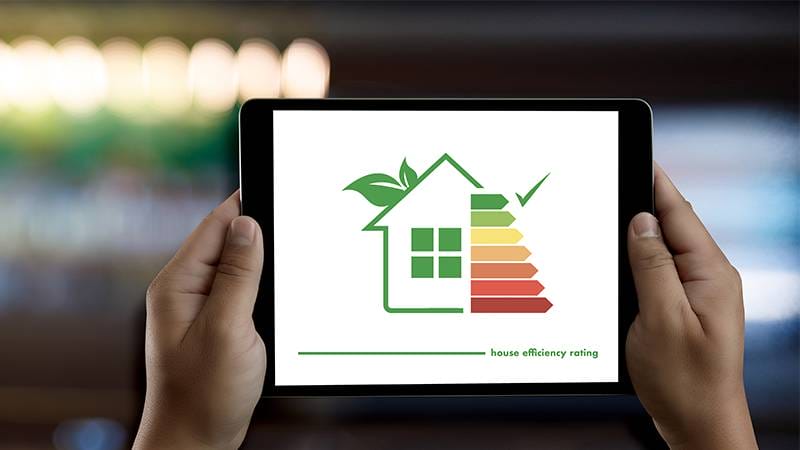
A home energy audit is a comprehensive assessment of how your home uses energy and where it may be losing it. The purpose of this audit is to identify opportunities to improve energy efficiency, thereby reducing energy consumption and lowering utility bills. It’s a critical first step for anyone looking to make their home more energy-efficient and environmentally friendly.
During an audit, various aspects of a home are inspected, including insulation levels, air leaks, heating and cooling systems, lighting, appliances, and water heating efficiency. The goal is to pinpoint inefficiencies that are not always visible but significantly impact your home’s energy use and comfort.
The benefits of conducting a home energy audit extend beyond potential savings on your energy bills. By making your home more energy-efficient, you also contribute to reducing its carbon footprint, lessening the overall environmental impact. Improvements identified through an audit can enhance indoor air quality and comfort, making your living space more enjoyable and sustainable.
In essence, a home energy audit lays the groundwork for creating a more energy-efficient home. It provides a clear roadmap for making targeted improvements that can lead to substantial energy savings and a positive environmental impact.
Environmental Benefits of a Home Energy Audit
Understanding the environmental impact of household energy consumption is crucial. Every kilowatt-hour of electricity used or cubic foot of natural gas burned contributes to your home’s carbon footprint, directly affecting climate change. A home energy audit is more than a tool for identifying ways to save on utility bills—it’s a step toward environmental stewardship.
By conducting a home energy audit and implementing its recommendations, you significantly reduce your household’s energy consumption. This reduction directly translates to a lower carbon footprint. Energy efficiency improvements, such as sealing air leaks, upgrading insulation, and switching to LED lighting, not only decrease the amount of energy your home uses but also the greenhouse gas emissions it produces.
These efforts have a ripple effect. Beyond reducing your own home’s emissions, you contribute to a larger scale of environmental sustainability. Lower demand on local power grids means less reliance on fossil fuels and more stability in energy prices. It also reduces the strain on our planet’s resources, contributing to a more sustainable and resilient energy system.
Moreover, adopting energy-efficient practices and making informed upgrades based on your home energy audit’s findings aligns your actions with global environmental efforts. You become part of the solution to climate change, however small it may seem. This perspective enriches the purpose of an energy audit, positioning it as not just a means to save money but as an active contribution to the health of our planet.
Let’s embrace home energy audits not only for the financial benefits they offer but also for the significant positive impact they have on our environment. Every step toward energy efficiency is a step toward a more sustainable world.
Conclusion
Conducting a DIY home energy audit is a powerful step toward understanding and improving your home’s energy efficiency. It’s an opportunity to identify where you can make impactful changes that reduce your energy consumption, save on utility bills, and contribute positively to the environment. The benefits are clear, from financial savings to a lesser environmental impact.
Don’t wait to make your home more efficient and sustainable. Use this guide to start your DIY home energy audit today. By taking action, you’re not only improving your living space but also joining the global effort towards a healthier planet. Let’s make energy efficiency a priority in our homes.

